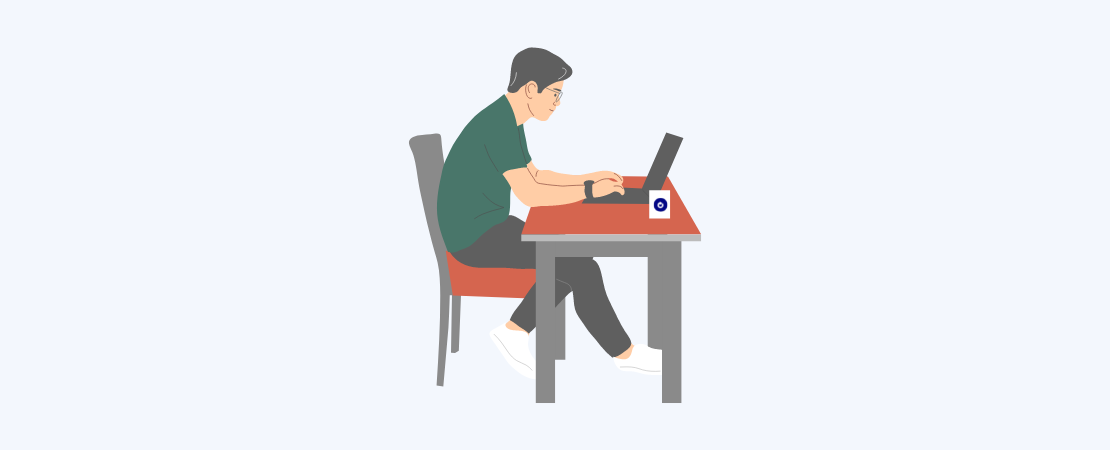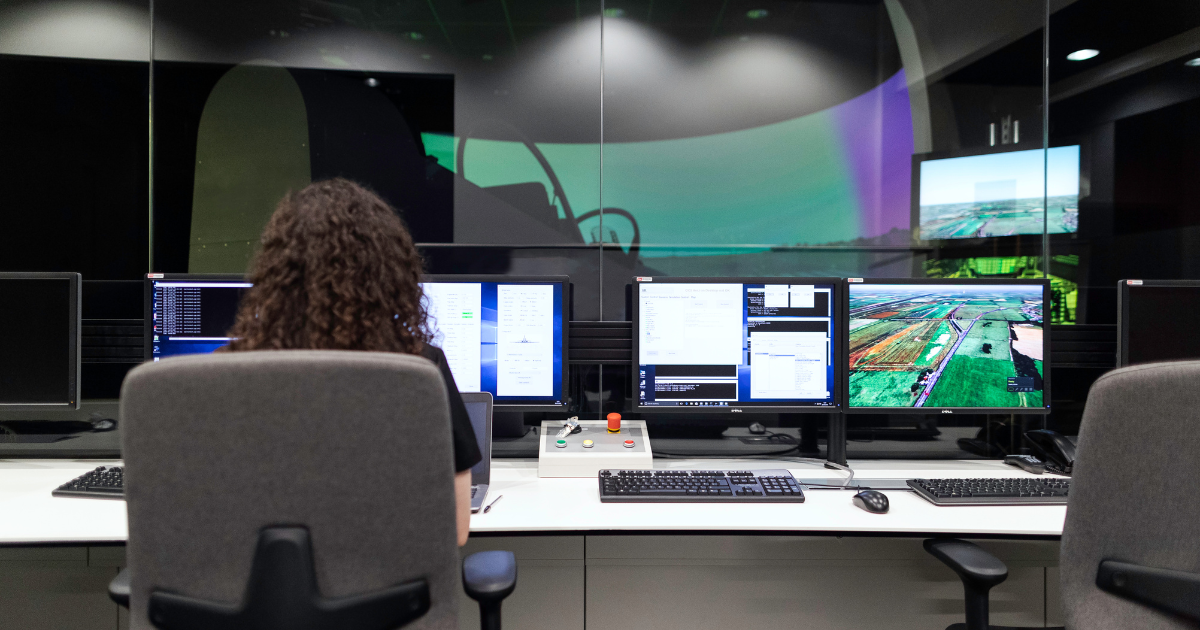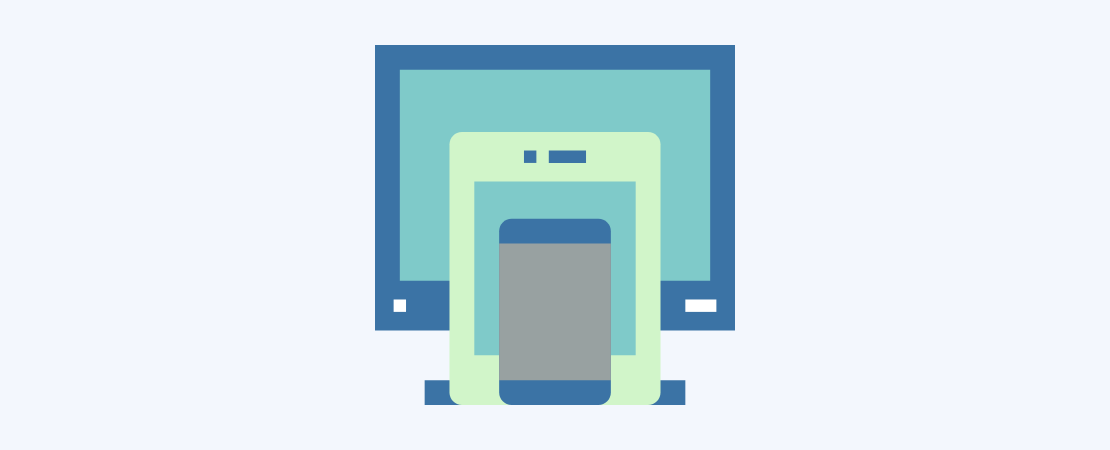Every change/development, whether mobile or web world, is checked to see if the current system is working before it is sent to the production environment. These checks are made on test scenarios that are determined as critical instead of all functions. In this way, a possible malfunction can be found more easily.
The purpose of the specified critical operation set is whether the function successfully goes to the result screen, rather than finding the frontend bugs. Since this approach is in this way, it is also very convenient for automation setup.
At this stage, we can use the Akbank test platform example to make it more understandable. Scenarios are written word-driven. Click, enter text, wait for the object, etc. Test steps are written one by one as if running a manual test. Then, the scenario is run with the environment and user information you specify. There may be an error on the first try, which is very normal. Necessary adjustments are made on the error step and run again. This process is continued until the scenario sees the last step as successful. After successful results, you can now run this scenario whenever you want or during every regression period. You can write an automation scenario for your entire set of critical operations.
Once your automation set is ready, the biggest advantage you will gain is time. You can run your scripts and take care of other things. Even if it gets an error, you can only focus on the cases that got an error and run it again after solving it.



